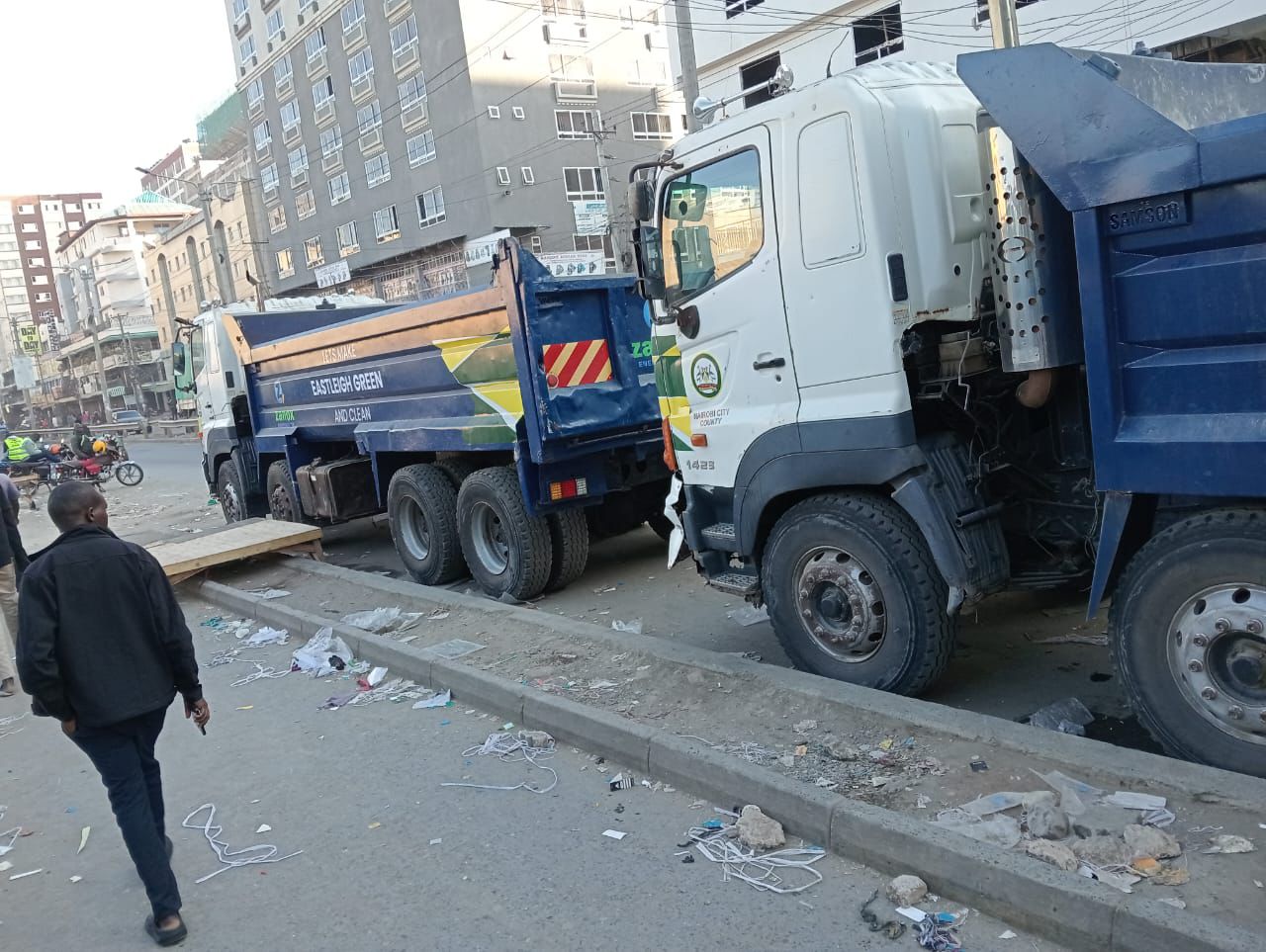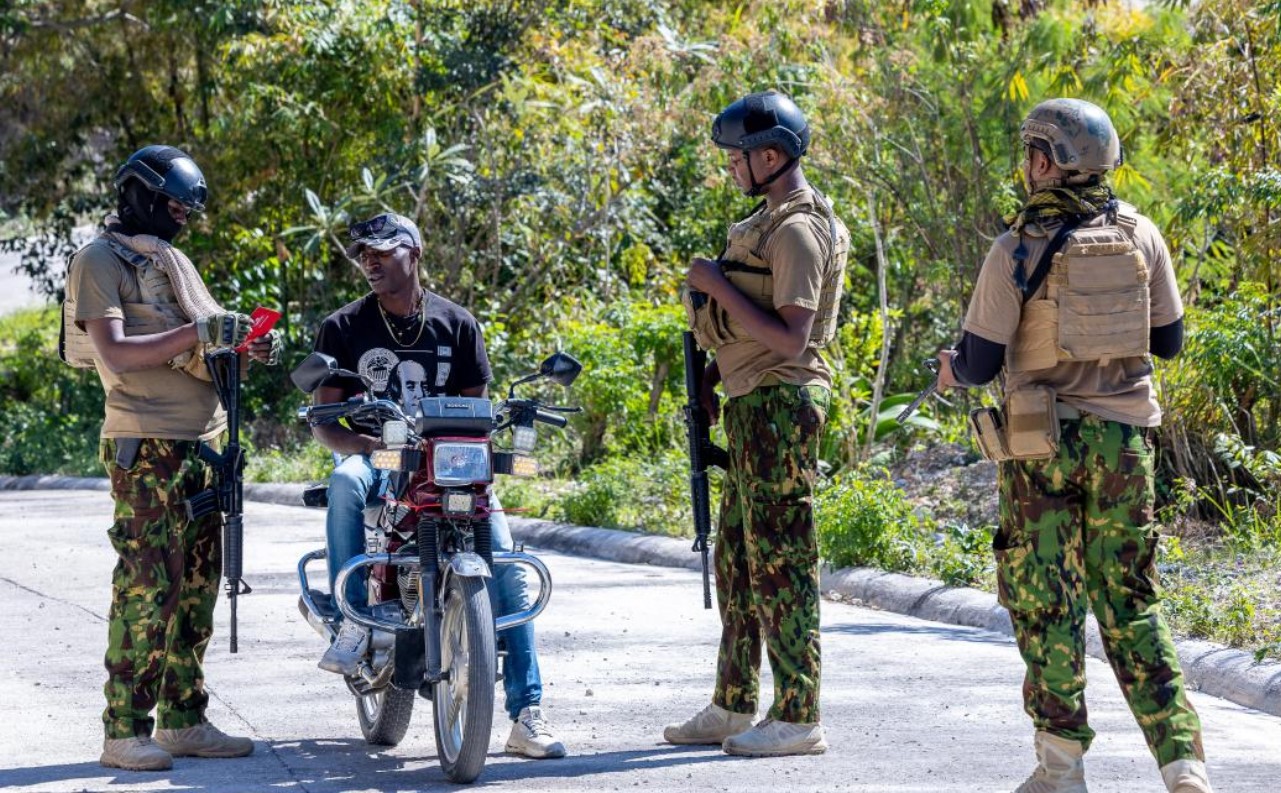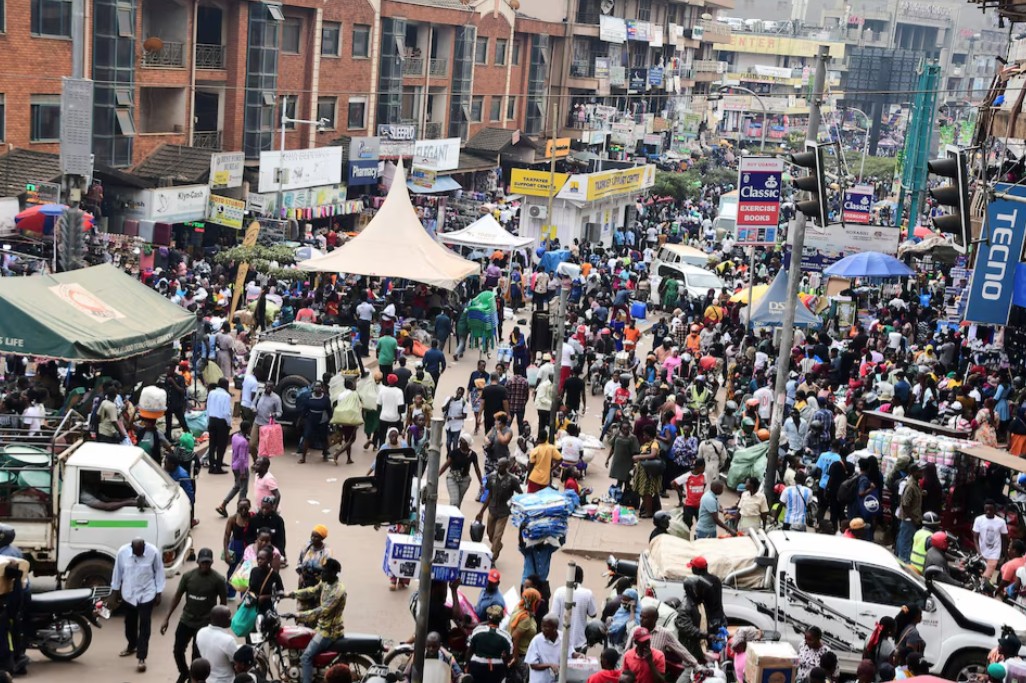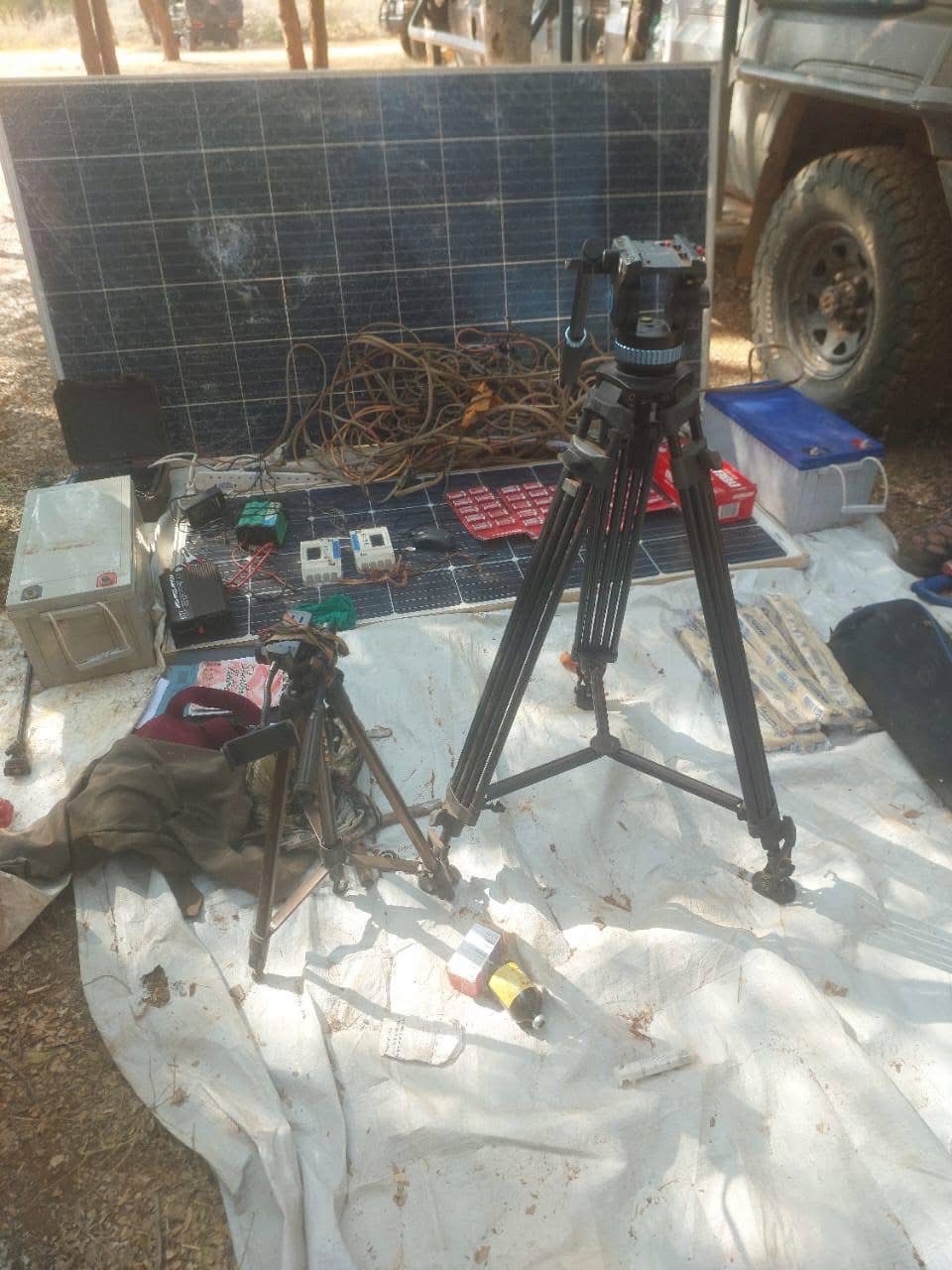Concerns as donkeys in Lamu turned to garbage eaters in new wave of cruelty
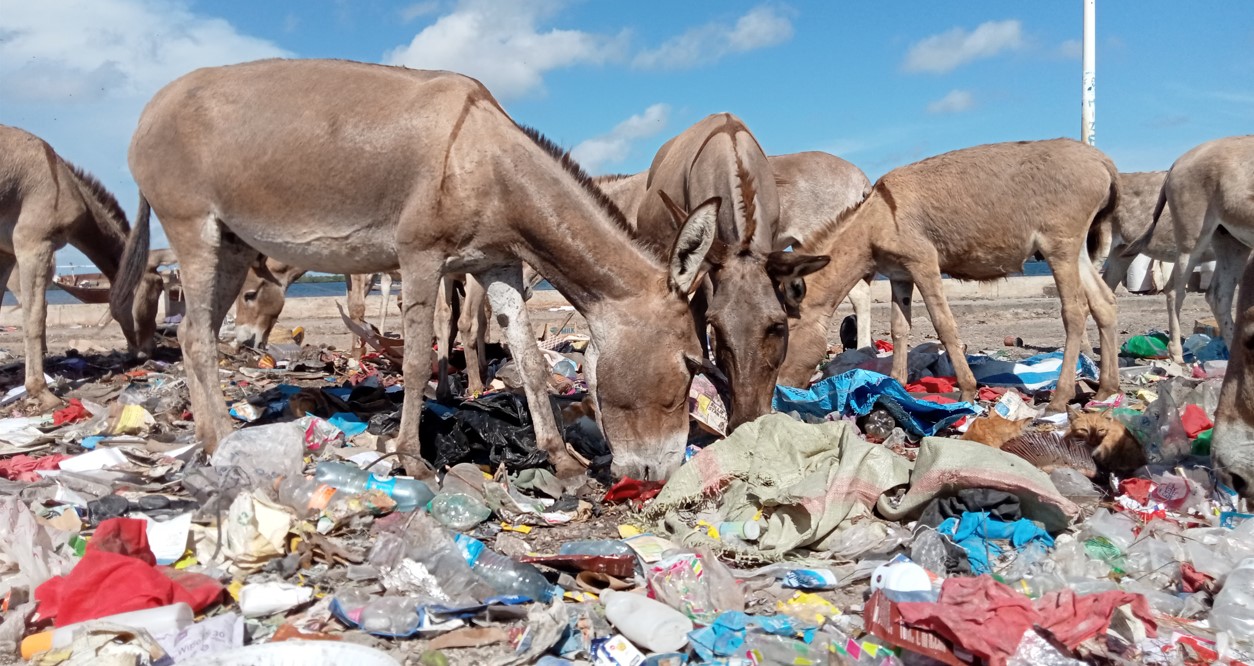
It has been established that some locals have secretly been abusing the animals, turning them into garbage eaters or “collectors”.
Many times when one hears about donkey abuse or mistreatment, what comes to mind is always about overloading, canning, overworking the animal known as the beast of burden, or even denying it food.
In Lamu Old Town, however, there is a new wave of cruelty or abuse meted out on the beast of burden.
More To Read
Despite donkeys being part of the ancient features of Lamu Old Town, which is a Unesco world heritage site, it has been established that some locals have secretly been abusing the animals, turning them into garbage eaters or “collectors”.
These individuals have formed a tendency to wake up late in the night or at dawn, take their domestic garbage and other solid waste from their homes and dump it on the streets and narrow pathways of the old town or any other areas frequented by donkeys.
Those interviewed by The Eastleigh Voice admitted that the move is an easy and cost-free way of disposing of solid waste from their houses, knowing very well that donkeys will visit such sites, consume the garbage and leave the environment “clean”.
“Instead of hiring people to collect garbage from our homes to dump it at the required disposal point, we normally wake up at around 11.30 pm or between 3 am and 4 am, take our sacks of domestic waste and throw it in places like Domoni, Kanu area, and Jua Kali. These are places always flocked by roaming donkeys, dogs, and cats. They really help us in disposing of domestic garbage. These animals eat and clear everything. We don’t have to spend any coin on garbage collectors,” said a resident identified as Fatma.
Asked why they wake up late at night or at dawn, residents said they always do so to avoid bumping into county inspectorate and public health officers who fine them for dumping garbage in undesignated areas.
“These are hours when everybody is asleep. We know very well that no one will spot and question us on why we’re disposing of litter in undesignated areas, an action which is punishable by law,” said Salim Ali.
The trend has now prompted the Lamu Donkey and Animal Welfare Centre, also known as the donkey sanctuary or hospital to come out and condemn such inhumane acts.
Obadiah Sing’oei, a veterinary doctor at the sanctuary, noted that open dumpsites are a real threat to donkeys and other animals on Lamu Island.
Intestinal obstruction
According to Sing’oei, many donkeys in Lamu Old Town have ended up at the hospital due to either intestinal obstruction or severe diarrhoea majorly caused by the consumption of carelessly disposed garbage.
He said when animals forage within the town due to scarce feed, then look for kitchen waste and other edible waste at the dumpsites, they end up eating plastics, bags, and other indigestible rubbish that lead to intestinal obstruction and often, a fatal condition known as colic.
“I appeal to those with the behaviour of using donkeys and other animals as garbage collectors or eaters to stop. To some extent, that’s also animal mistreatment or abuse. Sometimes these animals even get poisoned when they feed on contaminated waste mixed with poison, for example, rat poison used and dumped at the dumpsites or those undesignated areas,” said Sing’oei.
Sing’oei also advised donkey owners to restrain their animals and provide them with enough feed to reduce colic cases.
“We also ask the community to separate waste, that is, edible and nonedible waste before disposal to the right places,” said Sing’oei.
Lamu County Public Health Assistant Director Athman Dumila called on residents to avoid dumping waste anyhow and instead work with the local government to keep Lamu clean.
“We have specific areas set aside as dumpsites. People should respect these designated areas of waste disposal or else they will be punished,” Athman said.
Donkeys are a major means of transport on the over 35 islands in the Lamu archipelago.
Lamu Old Town alone, for instance, has more than 3,000 donkeys.
Top Stories Today

